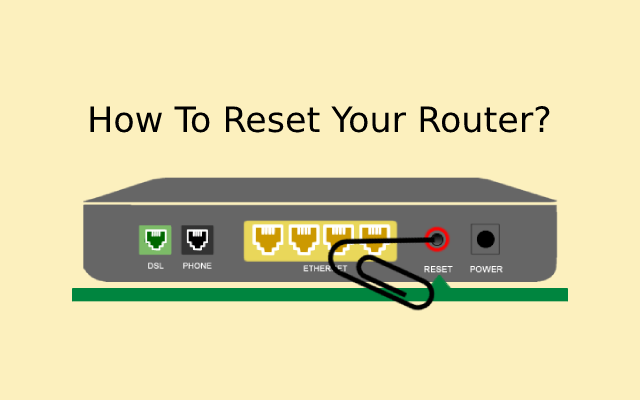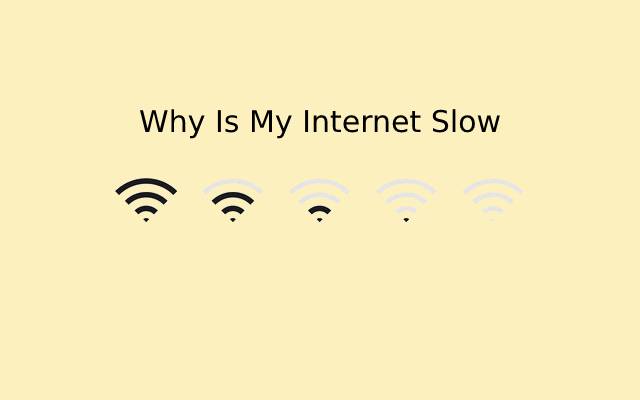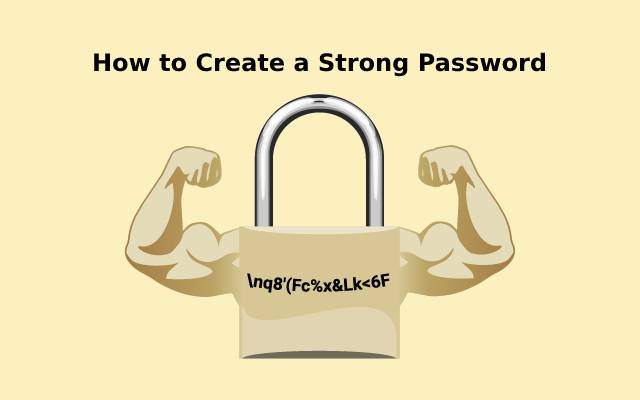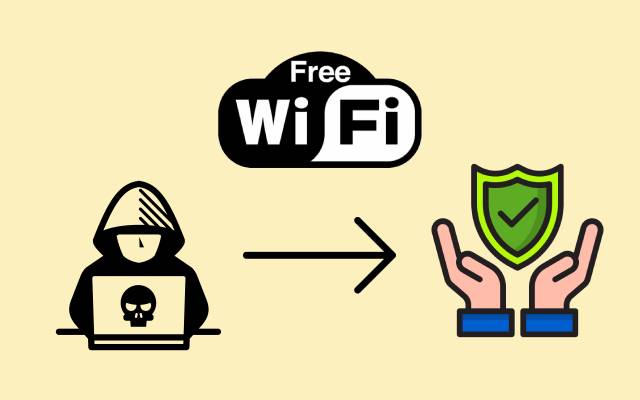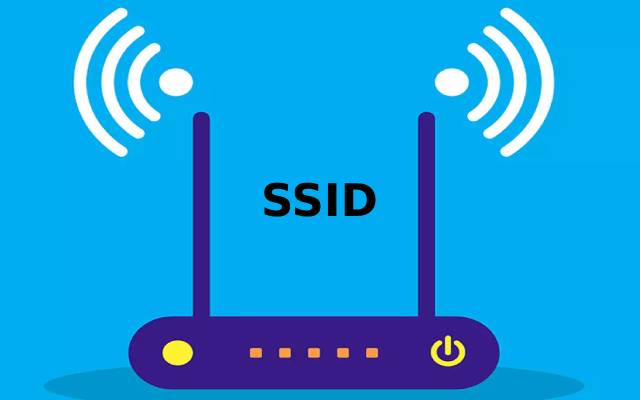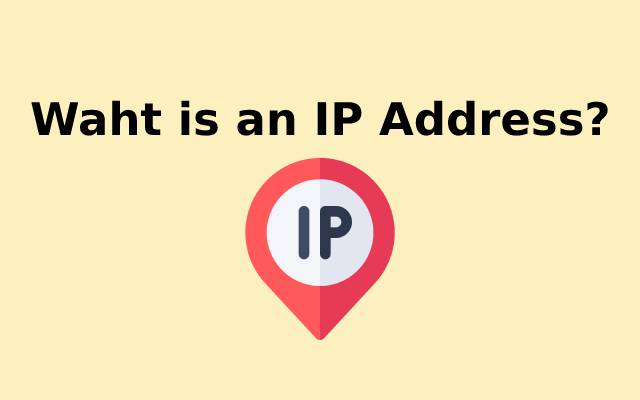How To Increase Internet Speed
Slow Wi-Fi can disrupt Zoom meetings, create disruption in online worlds, and pause your video stream for buffering. These minor inconveniences gradually mount up and become irritating barriers to work, study, and life when your world depends on almost instant connectivity.
Nobody desires that. However, there are still many options for improving your connection speed. This article will outline 12 techniques for boosting internet speed for blazing-fast downloads and buffer-free streaming.
Why is my internet connection so slow?
Several issues might lead to slow internet connections. Your internet connection will typically slow down as a result of such problems. The main reasons why an internet connection is slow are:
- Programs or equipment that use all the bandwidth.
- Too much space between your device and the router (or a wall).
- Outdated router firmware or drivers.
- Excessive cache data.
- A defective or broken Ethernet cable.
Use antivirus software to keep your system clean and functioning correctly to prevent malware infections from becoming another cause of poor internet connection.
12 techniques to boost Internet speed
Before you give up on getting the lightning-fast Wi-Fi you’ve always wanted, consider these simple hacks and suggestions to boost your home’s Wi-Fi.
1. Move the router nearer to your computer
You can speed up your internet connection effectively by moving nearer to your router. The distance between your computer or laptop and your Wi-Fi network affects how quickly you can access the internet.
To stream your favorite shows, you don’t need to place your computer next to your network, but getting closer is preferable. Make sure your device and router have no separation like heavy walls, particularly concrete ones. Not all routers are created equal; some have a strong signal while others don’t.
If your signal strength is poor even when you’re right next to your router, it’s time to acquire a new router. Because your ISP (internet service provider) likely won’t provide you with the best router available. Additionally, your ISP might need to distribute bandwidth more effectively at specific times. If you observe consistently slow internet speeds at particular times of the day, your ISP may be throttling.
2. Close unnecessary background programs
Does your internet perform fine on your phone or other device but is slow on your computer or laptop? Unnecessary background apps can be its cause as they consume your bandwidth and slow down your internet connection. You can speed up your internet speeds by terminating these background processes and useless programs.
Here’s how to enhance your PC’s internet performance by shutting off background applications and programs.
- Right-click the taskbar to bring up the task manager, then choose Task Manager.
- Select network from the Processes tab to view the processes that consume the most bandwidth.
You can only use your CPU, RAM, hard drive, and network connection while actively using a program after you have closed or placed all background apps and programs to sleep. That will conserve resources on your computer and speed up your internet.
3. Delete the cache and browsing history from your browser
Websites that have an excessive amount of cache data may load slowly or not at all. Get rid of any files that might be interfering and clear the cache in your browser. Following are instructions for clearing the cache in Google Chrome:
- Click the three dots in the top-right corner of Chrome after launching it. Choose More tools, followed by Clear browser data.
- Verify that all relevant cache data has been examined, including browsing history, cookies, other site data, and Cached images and files. Next, select Clear Data.
You have to take care of all the clutter in your browser history after clearing the cache in your browser. To increase internet speeds, delete the browser history.
4. Update your computer, especially the router firmware and network drivers
Your devices get power from device drivers and firmware to ensure proper function as intended. Unfortunately, stock firmware for routers and Ethernet and Wi-Fi adapter drivers are rarely error-free or optimized. Update your software or drivers to fix issues and boost performance. Find the names of your network adapters in the Windows device manager, and then look for updated drivers on the manufacturer’s website.
5. Reset your modem or router
You can frequently enhance your slow internet speeds by restarting your network or modem. Slow router performance could occur because of a cache problem or a firmware flaw. My internet connection does, however, occasionally get sluggish for no apparent reason.
No matter the problem, switching the router on and off again is a simple and quick technique to speed up the internet connection. But, for fast internet on your PC, you should see if any programs are wasting your bandwidth.
6. Switch from Wi-Fi to a plug-in (Ethernet) connection
Try switching to a cable connection if your Wi-Fi connection is consistently slow or if you don’t want to spend money on a new router. Use an Ethernet wire to link your PC or Mac to your network. The fastest connection speeds, possibly exceeding many Gbps, will be provided through an actual cable.
7. Inspect your cable and reduce its length
Using cables to connect your PC to your router is the quickest and most dependable option. But, if you’re using an Ethernet connection, be sure the wire isn’t too lengthy and is free of kinks.
8. To speed up your connection, map the Wi-Fi signals in your home
It’s important to locate the area where the signal is strongest in your home. A simple signal strength test may identify weak spots in your home’s WiFi signal. Put your router where it will get the most signal strength and serve the most devices.
9. Purchase a Wi-Fi extender
Install a Wi-Fi extender if your Wi-Fi router can’t sustain a consistent signal across your house. Wi-Fi extenders boost your wireless network’s reach and eliminate dead spots. A Wi-Fi extender may speed up the internet across your house if you can’t relocate or go closer to your router.
10. Restrict the number of devices that can connect to your router
Is your house filled with Wi-Fi-enabled gadgets? If so, network disruptions are possible due to the interference caused by crossing so many Wi-Fi signals in your room. Turning off unused gadgets is one way to gauge whether or not your network’s speed and reliability have improved.
11. Install an ad blocker
Many websites auto-play video ads online. The extra data clutter disturbs us and our internet connections.
Banner ads and pop-ups use bandwidth, delaying your internet connection. Ad-blockers and privacy-focused browsers may remove megabyte-hungry ads. It clears internet space.
12. Check for viruses on your computer
Malware may take a lot of bandwidth while downloading or inspecting data. Scan your computer using security software to eradicate viruses and other threats.
The bottom line
Remember that the internet speeds you experience across your home depend on your Wi-Fi router. You may increase your home Wi-Fi signal and get quicker internet access at home by using any of these suggestions. After attempting these tips, we hope you will acquire your speed. But if you get no results, it might be time to look for a new internet service in your area.
